The Suzuki Method
-
According to Dr. Suzuki: “I want to make good citizens, noble human beings. If a child hears fine music from the day of his birth and learns to play it himself, he develops sensitivity, discipline and endurance. He gets a beautiful heart.”
Suzuki teaching is centered on a philosophy of respect for the child and on the belief that talent is not inherited—the potential of every young student is, in fact, unlimited. All children are capable of flourishing their musical abilities in the same way they develop their linguistic skills.
Dr. Suzuki’s main goals are for the child to develop an appreciation of beauty, to learn discipline and to become a fine human being through music. He strongly believed that with the proper education and a caring environment, every child can learn and thrive.
-
Developed by violinist and pedagogue Shinichi Suzuki in 1945, the Suzuki Method is delineated specifically to meet the needs of very young learners and its based on the way they naturally acquire a language—it is also called the "Mother Tongue method."
The core principles of the method are repetition, short but condensed instruction, reviewing previously absorbed material, learning by ear to improve aural skills, and heavy parental involvement (forming part of the equilateral “Suzuki triangle” of teacher, guardian and child).
-
In the Suzuki method, it is important that the child starts as young as possible, around 4 or 5 years-old—nonetheless, older beginners can highly benefit from this method as well!
Either the mother, the father, or another family member close to the student must accept the responsibility of attending every lesson. The guardian is instructed in the fundamentals of playing and routine of practice so that they can understand the learning process and can be prepared to act as a home teacher.
At home, students practice with the guardian and, throughout the day, listen to recordings of the pieces they will play so that they develop musical sensitivity, self confidence and constant motivation. The guardian should not only create a musical surrounding for the child, but also a beautiful environment of affection, support, encouragement and understanding.
The Suzuki method books move in small but elaborated steps and have been carefully structured in an appropriate technical and musical sequence. Furthermore, the method aims to develop exceptional musical sensitivity and performing ability.
-
Guardians or parents are responsible for attendance at all lessons; taking notes during classes; supervising daily practice; as well as ensuring disciplined listening of the Suzuki audio.
-
The Suzuki method, with its pedagogical core in the importance of connecting the teacher, students and theirs parents or guardians in a nourishing environment, has many benefits to the family:
… Through attending lessons and practicing together, the Suzuki method promotes and fosters a hearty parent (or guardian)/child relationship;
… Learning may begin at an early age, capitalizing on the incredible capabilities of young children;
… Concentration, memory, fine motor dexterity, as well as good listening skills are developed;
… Your child’s confidence, self-esteem, and the ability to accept challenges will be strengthen.
-
The Suzuki Method trains the ear, musicality, and technical skills, but it is not designed to teach note reading. For that reason, Suzuki teachers use different methods to teach note reading, and the stage they introduce this skill will depend on their pedagogic system—some present the concepts during the first weeks of classes, while others wait a year or more.
I teach notions of reading during the first month of lessons by introducing rhythm figures within the Kodaly system. After that, students learn intervallic reading on a small staff (I created exercises specifically designed for it) and then we move to the clefs with The Faber Piano Adventures Method (Sight Reading books).
